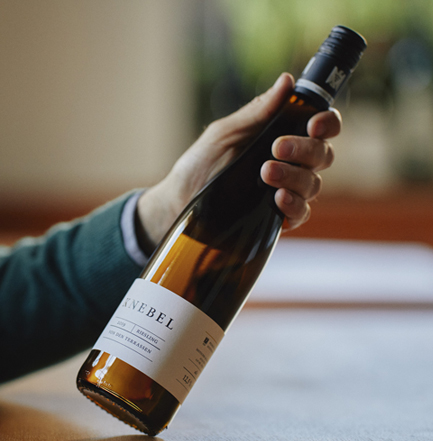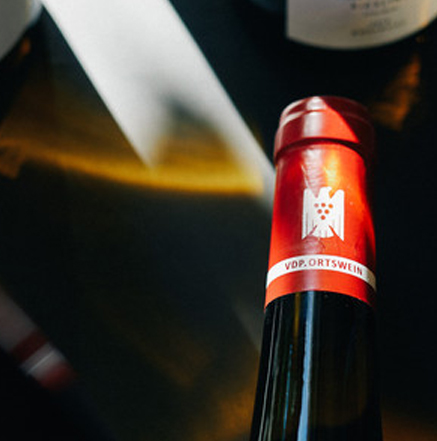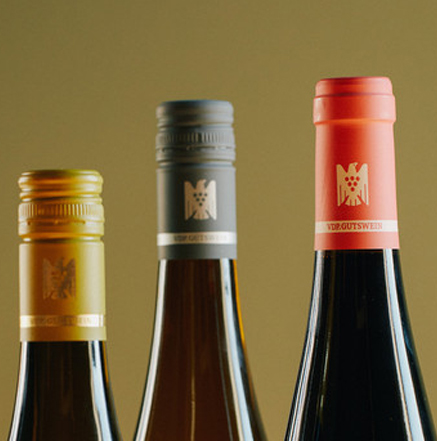“Newcomers to German wines might be best served by putting down their Deutsch dictionary and simply looking for an eagle clutching grapes on the label. Since 1910, the symbol of the Verband Deutscher Prädikatsweingüter (VDP) has denoted a quality producer.”
Wine Spectator, July 2010
The Verband Deutscher Prädikatsweingüter (VDP) is an independent German wine body that spearheads the promotion of the country’s leading wines and producers. Headquartered in Mainz, its close to 200 members operate within a framework of stringent winemaking regulations that are even stricter than those of the broader German Wine Act.
The VDP. Classification is based on an in-house statute of Germany’s Prädikat wine estates, in which the quality of a wine is defined according to “terroir”. This means origin and quality are inherently linked.
For the Prädikat wine producers, the vineyard site is the decisive mark of quality. The goal of the VDP Classification is to assess the quality potential of Germany’s very best vineyard sites, secure the future of Germany’s unique viticultural landscape, restore esteem for Germany’s outstanding dry wines, and underscore the traditional connotation of the Prädikats as attributes reserved for wines with natural, ripe sweetness.
The organization was founded in 1910 with the objective of establishing a quality standard for producers that would make it easier for members to sell their wares on the wine auction market. Today, Germany’s top wineries from each of the country’s 13 wine regions are united under its umbrella.
The VDP’s motto is “the narrower the origin, the higher the quality”. When you see its logo, a proud eagle with a cluster of grapes emblazoned on a bottle, you have a guarantee that the wine has been produced to the most rigorous of standards and is of the highest caliber.
Members gain invitation-only entry to the VDP because of their reputations or quality and through rigorous adherence to the body’s protocol. This includes criteria like low yields, strict rules on must weights, stringent harvesting practices, and selective hand harvesting as well as standards inspections held every five years.
The new VDP. Classification is valid as of vintage 2012. The VDP covers approximately 5% of Germany’s vineyards and accounts for 7.5% of wine industry turnover.
Standards set for quality and wine enjoyment
VDP wines from these sites are
Germany’s absolute best
Dry wine from VDP Grosse Lage is called VDP Grosses Gewächs and labeled “Qualitätswein trocken”. Naturally and nobly sweet wines bear the classic Prädikat levels.

First class wines
Dry VDP Erste Lage is labeled “Qualitätswein trocken”. Nobly and naturally sweet VDP Erste Lage wines bear the standard Prädikat levels.

Wines from a distinct place, pure and expressive
Dry VDP Ortswein is labeled “Qualitätswein trocken”. Naturally sweet VDP Orstwein bears the standard Prädikat levels of Kabinett, Spätlese, Auslese, Bererenauslese, Trockenbeerenauslese or Eiswein.

These VDP wines are good from the ground up
All grape varietals are accepted under this heading with at least four-fifths typical for the region in which they are grown.
At harvest, there is a limit of 75 hectoliters per hectare.

